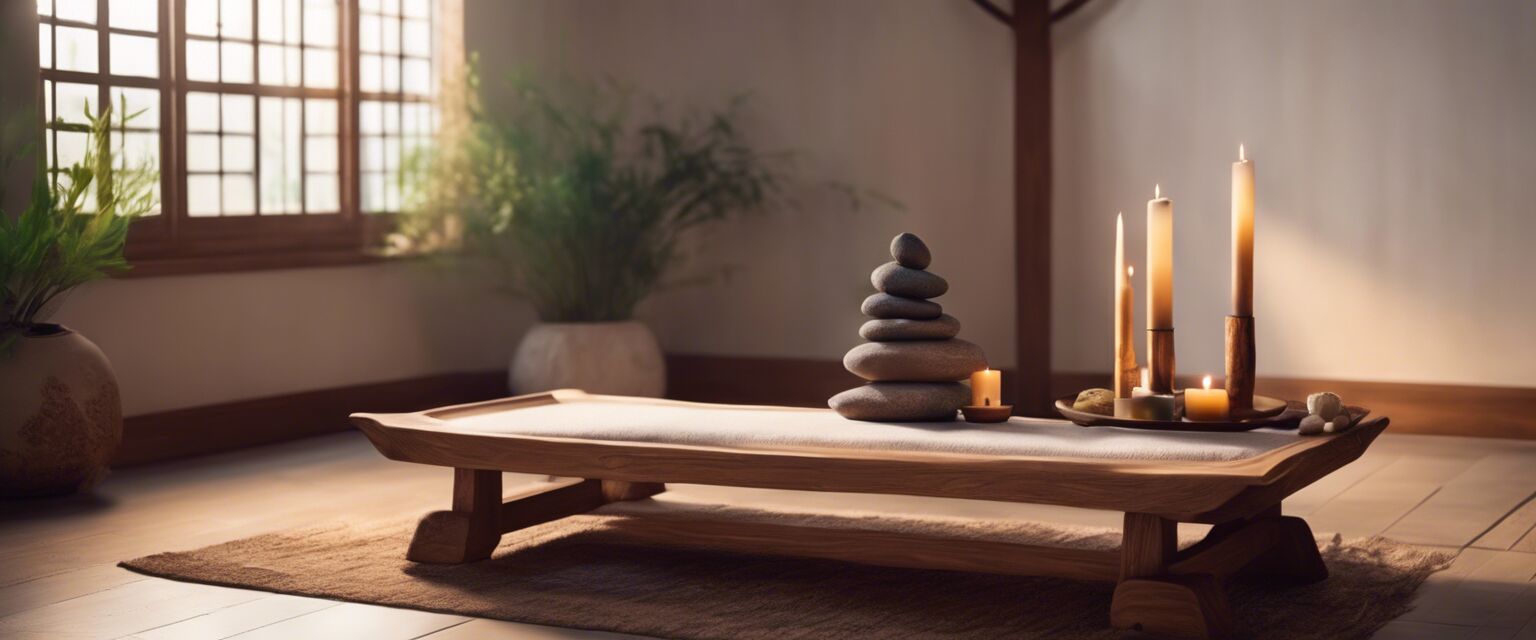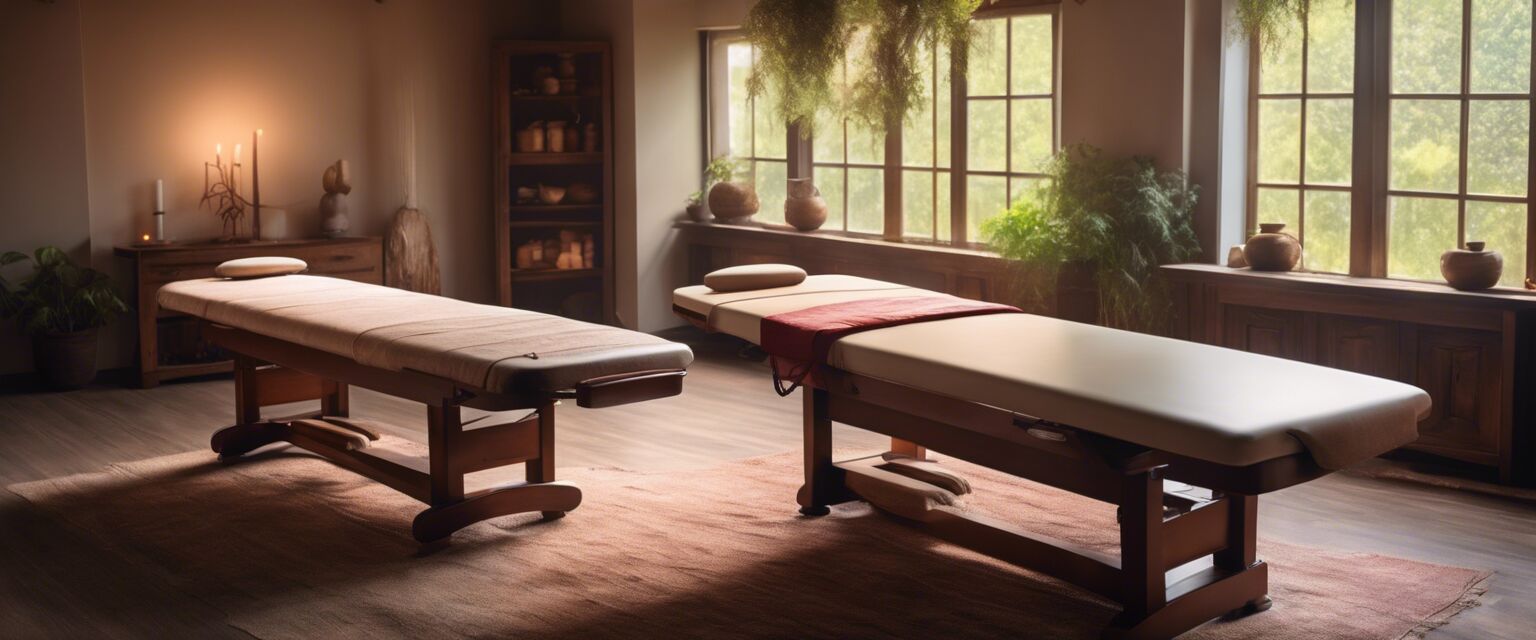
Reiki Tables
Key Takeaways
- Reiki tables are essential for providing comfort during sessions.
- Choosing the right table enhances the overall Reiki experience.
- Consider factors like portability, adjustability, and material.
- Regular maintenance ensures longevity and hygiene of the table.
Reiki is a healing practice that relies on the channeling of energy to promote relaxation and balance. An essential tool for any Reiki practitioner is a well-designed Reiki table. In this guide, we will explore various aspects of Reiki tables, including what to consider when buying one, maintenance tips, and the benefits of using a specialized table. Let's dive in!
What to consider when choosing a Reiki table
| Feature | Description |
|---|---|
| Portability | Look for lightweight tables that are easy to transport for mobile practitioners. |
| Adjustability | Choose tables with adjustable heights for various client preferences. |
| Material | Opt for durable materials that are easy to clean and maintain. |
| Comfort | Padded surfaces can significantly enhance client comfort during sessions. |
Types of Reiki tables
There are several types of Reiki tables available in the market. Here are some common options:
- Portable Reiki Tables: Ideal for practitioners who travel for sessions.
- Stationary Reiki Tables: Best for those with a dedicated healing space.
- Electric Reiki Tables: Allow for easy height adjustments at the touch of a button.
Maintenance tips for Reiki tables
Proper maintenance of your Reiki table is crucial for hygiene and longevity. Here are some tips:
- Clean the table after each use with a gentle disinfectant.
- Check the fabric for wear and tear regularly.
- Store the table in a dry, safe location when not in use.
- Consider using a protective cover to prevent dust accumulation.
Benefits of using a specialized Reiki table
Using a specialized Reiki table offers numerous advantages:
- Increased comfort for clients leads to a more effective session.
- Designed specifically for Reiki, these tables often include armrests and face cradles.
- Enhanced support for practitioners allows for better positioning during treatment.
Comparison of popular Reiki tables
| Table Model | Portability | Adjustability | Material | Price Range |
|---|---|---|---|---|
| Model A | Lightweight | Manual | Wood | $$ |
| Model B | Moderate | Electric | Metal | $$$ |
| Model C | Portable | Manual | Vinyl | $ |
Where to place your Reiki table
Placement of your Reiki table in your practice space is important for creating a calming atmosphere. Here are some tips:
- Ensure there is ample space around the table for movement.
- Position the table away from distractions like windows and doors.
- Incorporate calming elements such as plants or soft lighting around the table.
Creating a Reiki room
Designing your Reiki room can enhance the overall experience for both you and your clients. Consider incorporating:
- Reiki room decor that resonates with a healing vibe.
- Essential oils for a soothing aroma.
- Soft lighting to promote relaxation.

Conclusion
Investing in the right Reiki table is crucial for practitioners looking to provide the best experience for their clients. By considering factors such as portability, adjustability, and maintenance, you can select a table that meets your needs and enhances your practice. Remember to create a calming environment around your table to promote relaxation and healing.
Pros
- Enhances client comfort during sessions.
- Easy to transport for mobile practitioners.
- Durable materials make for a long-lasting investment.
Cons
- Some models may be expensive.
- Heavy tables may be difficult to move.
- Requires regular maintenance to keep in good condition.

Tips for beginners
- Start with a basic portable table if you're new to Reiki.
- Join local Reiki groups for recommendations on tables.
- Test different types of tables before making a purchase.









